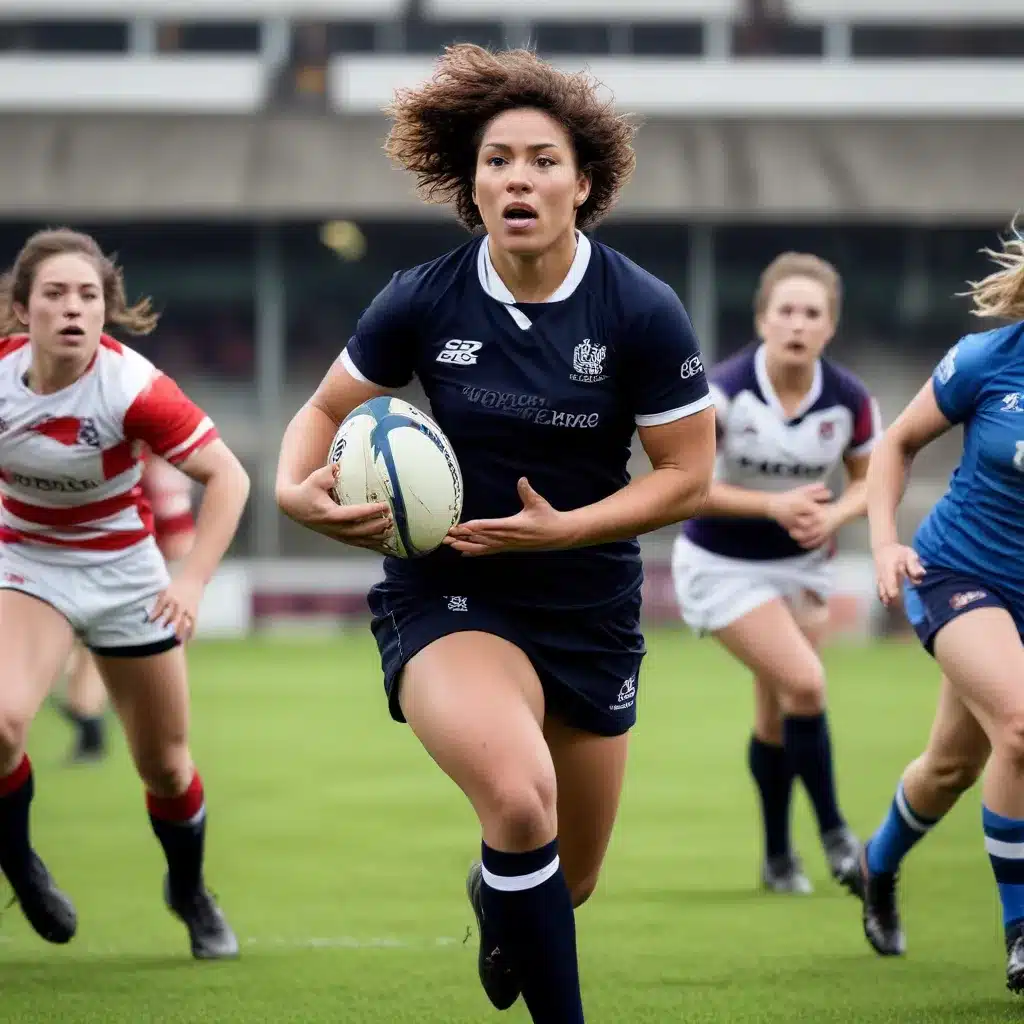
The Rise of Women’s Rugby
Women’s rugby has long been seen as the underdog of the sport, facing an uphill battle for recognition, resources, and respect. Yet, over the past few decades, a new generation of trailblazers has emerged, determined to shatter the glass ceiling and redefine the landscape of the game.
Challenges and Barriers
The journey for women in rugby has been fraught with obstacles. Gender bias has been a persistent hurdle, with the sport often perceived as a domain reserved for men. Lack of funding and resources has also hindered the growth of the women’s game, limiting opportunities for grassroots development, professional leagues, and international competition. Societal perceptions of rugby as a “masculine” sport have further compounded the challenges, deterring potential female participants and perpetuating the notion that the sport is not for them.
Pioneers and Trailblazers
Despite these formidable challenges, a cadre of remarkable women has risen to the occasion, blazing a trail for the next generation. Figures like Portia Woodman, the electrifying winger from New Zealand, have captivated audiences with their skill, speed, and sheer determination. Charlotte Caslick, the Australian rugby sevens star, has been a driving force behind her nation’s dominance in the sport, inspiring young girls to dream big. Emily Scarratt, the England international and World Rugby Player of the Year, has not only excelled on the pitch but has also used her platform to advocate for greater gender equity in the sport.
The Growth of the Women’s Game
Grassroots Movements
Across the globe, grassroots initiatives have been instrumental in driving the expansion of women’s rugby. Community-based programs have emerged, providing opportunities for girls and women to participate in the sport, regardless of their background or experience level. Youth development initiatives, such as the Aberdeenshire RFC’s own “Girls in Rugby” program, have been crucial in nurturing a new wave of talent and inspiring the next generation of players.
Professional Leagues and Competitions
The growth of professional women’s rugby leagues has been a significant milestone in the sport’s journey. The Women’s Rugby World Cup, held every four years, has showcased the incredible talent and skill of the world’s best female players, captivating audiences and shattering stereotypes. Domestic professional leagues, such as the Women’s Premier League (WPL) in the United States and the Allianz Premier 15s in the UK, have provided a platform for players to showcase their abilities and earn a living from the sport they love.
The Impact of Women’s Rugby
Changing Perceptions
The rise of women’s rugby has had a profound impact on societal perceptions, challenging gender norms and empowering women and girls across the globe. These trailblazing athletes have become powerful role models, inspiring young girls to pursue their passions and defy the limitations often placed upon them. By shattering stereotypes and redefining what is possible, they have paved the way for greater diversity and inclusion in the world of sports.
Social and Cultural Influence
The influence of women’s rugby extends far beyond the confines of the pitch. The sport has become a platform for promoting gender equality, with players and organizations using their voice to advocate for equitable policies and opportunities. Furthermore, the sport’s community-driven nature has allowed for greater engagement with local communities, fostering a sense of belonging and empowerment among participants.
Overcoming Adversity and Achieving Success
Personal Narratives
The stories of women’s rugby players are remarkable, often filled with tales of overcoming seemingly insurmountable odds. From Heather Fisher’s determined battle against a range of health issues to the inspiring journey of Cassidy Bargell, who persevered through severe inflammatory bowel disease to return to the sport she loves, these personal narratives have become beacons of inspiration for aspiring athletes and fans alike.
Strategies for Growth and Sustainability
As the women’s game continues to evolve, innovative strategies are being implemented to ensure its long-term growth and sustainability. Increasing the visibility of the sport through enhanced media coverage and sponsorship opportunities has been a crucial step in garnering greater recognition and support. Developing robust coaching and officiating pipelines has also been essential in cultivating the next generation of leaders and ensuring the continued professionalization of the sport.
The Future of Women’s Rugby
Continued Expansion and Professionalization
The future of women’s rugby is undoubtedly bright, with the sport poised for continued global expansion and increased professionalization. As more countries embrace the game and invest in its development, the pool of talented players will continue to grow, fueling the rise of new powerhouses on the international stage. The increased funding and resources will also pave the way for more lucrative professional contracts, allowing players to pursue rugby as a viable career path.
Inspiring the Next Generation
At the heart of the women’s rugby movement lies a deep commitment to inspiring the next generation of players, coaches, and administrators. Through mentorship programs, grassroots outreach initiatives, and a renewed focus on fostering a diverse and inclusive community, the pioneers of the sport are laying the groundwork for a future where women’s rugby is celebrated and embraced as an integral part of the global rugby landscape.
As the Aberdeenshire RFC community continues to champion the growth of women’s rugby, we are reminded of the words of the trailblazing Joann Morgan, who refused to accept the status quo and paved the way for future generations of female leaders in the sport: “Why not? What if?” It is this spirit of resilience, determination, and boundless potential that will carry the women’s game forward, inspiring all who come into its orbit.
